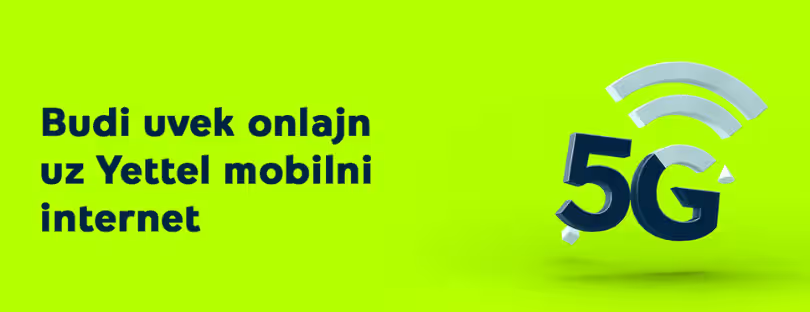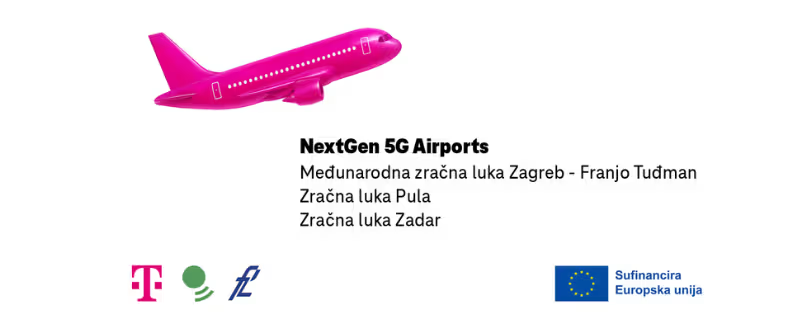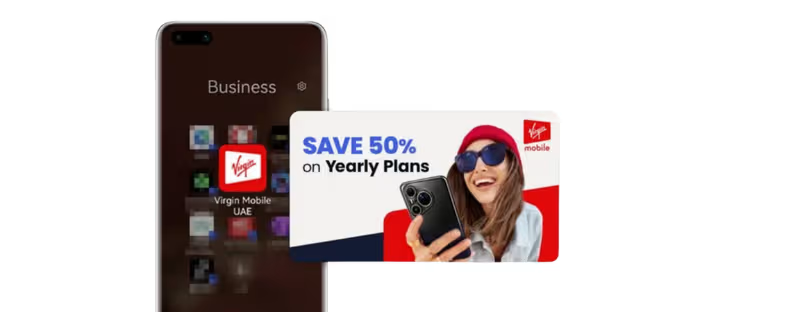
Verizon Extends Network Quality Streak in J.D. Power, RootMetrics Reports
Verizon continues to score top results in many independent network quality studies, particularly in long-standing metrics like reliability, coverage, and 5G performance. However, it faces increasing competition from AT&T and T-Mobile, each of which has made significant gains in different dimensions of network experience.
Understanding the comparative landscape provides a more nuanced view of what Verizon’s leadership means—and where the pressure points are.
How Competitors Compare
- AT&T: Recent awards from RootMetrics, Ookla, and J.D. Power suggest that AT&T is gaining (or in some cases reasserting) strength in overall network performance. For example, AT&T secured “Best Overall Wireless Network Performance,” “Most Reliable Wireless Network,” “Fastest Wireless Network,” and “Best Call Performance” in RootMetrics’ recent reports.
Notably, AT&T claims its wireless network now covers “99%+ of the United States population” and extends its geographic reach wider than some competitors. - T-Mobile: T-Mobile leads in raw speed in many of the “download speed,” “5G availability,” and “overall mobile experience” categories, especially in city or metro areas. Opensignal’s reports consistently show T-Mobile ahead in download speed, 5G coverage, gaming and video experience metrics.
T-Mobile also has strong recent wins in the Ookla Speedtest Connectivity reports. But the trade-off is that while speed and availability are strong, in some rural or less dense areas or for certain reliability metrics, Verizon or AT&T may have an edge. - Verizon: Verizon continues to lead in coverage and reliability in many tests. In particular, Verizon often wins or ties for best “Coverage Experience” and “Reliability Experience,” as reported in Opensignal, and retains top honors in 5G speed and performance in multiple metro markets.
In J.D. Power’s recent U.S. Wireless Network Quality Performance Study – Volume 2, Verizon is ranked highest in several regions, with lower “problems per 100 interactions” (PP100) scores in many areas.
Key Trends in Network Performance
From the recent data and industry analyses, several trends are especially relevant:
- Speed is increasingly table stakes, but consistency and reliability are rising in importance. Many users now expect high 5G speeds, but dropped calls, dead zones indoors or outdoors, and buffering degrade experience more than raw speed in many cases. Testing firms are placing greater weight on metrics like consistency of connection, latency, and real-world reliability. Verizon’s strength in these areas remains a competitive advantage.
- Coverage breadth (both geographic and population) is increasingly distinguishable. Winning speed in cities matters for marketing, but users outside metro areas care about whether the network works in rural or suburban zones, or while moving (e.g., in highway travel, indoor reception). Verizon and AT&T still make coverage breadth a key part of their claims.
- 5G availability vs performance trade-offs. All carriers are expanding 5G, but the mix of low-band, mid-band, and mmWave, plus how they deploy “standalone” 5G and the core network architecture, influences performance. T-Mobile has had an advantage in availability; Verizon often leads in performance once connected.
- User experience (video streaming, gaming, uploads, latency) becoming more central. Metrics beyond purely download speed—upload speed, gaming experience, latency, packet loss—are more frequently measured and emphasized. These are areas where Verizon has shown competitive strength, even when rivals lead on headline speed.
Conclusion: What Verizon’s Position Suggests for the Future
Verizon stands in a strong position: it remains one of the most consistently high-performing wireless networks in the U.S., particularly in terms of reliability, coverage breadth, and 5G performance in metro areas. Its long track record of J.D. Power and RootMetrics awards gives credibility that is hard for competitors to dismiss.
However, the competitive landscape is shifting. T-Mobile is gaining speed and availability ground, especially in urban settings, and AT&T is closing gaps in reliability and overall performance. For Verizon, maintaining leadership will require continued investment not just in speed but in consistency—reducing coverage gaps, improving indoor performance, and maintaining strong upload and latency performance as applications (VR, cloud services, real-time video, etc.) become more demanding.
From a market trend perspective, customers are increasingly sensitive to experience over specs: how often the network drops, how well it handles peak load, how seamless the experience is when moving across regions or indoors. Also, as coverage becomes more saturated in urban centers, rural and semi-rural performance will likely become a growing source of differentiation.
Thus, while Verizon remains a benchmark, to stay ahead it must invest aggressively in the following areas:
- Expanding mid-band 5G and 5G standalone rollout to improve speed and latency in more places.
- Enhancing indoor, in-building, and mobility performance (signal handovers, coverage holes).
- Tracking non-speed metrics such as latency, packet loss, reliability under load, and user experience for diverse applications.
If Verizon leverages its strengths (coverage, reliability, consistency) while narrowing any lagging edges in speed or availability relative to peers, it could preserve its premium position. The question is not whether Verizon leads—it does—but for how long and in what domains. How well it anticipates what users value next could determine whether it remains the standard or becomes one among equals in certain metrics.









